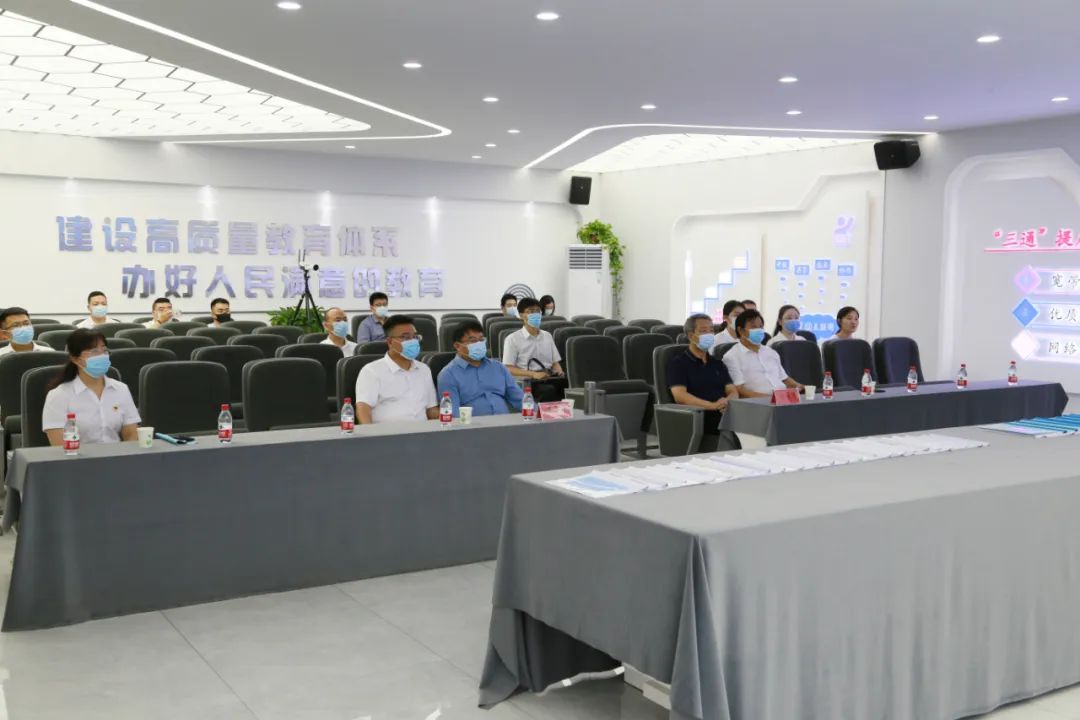The School of Chemical Engineering has made progress in the construction of the new vaccine delivery system and the research of vaccine preparations
Author:Dalian University of Technolog Time:2022.07.04

Vaccine is the most important means to prevent the outbreak of infectious diseases, which is related to the health of the people and public health. Recently, Sun Bingbing's research team of the School of Chemical Engineering has made scientific research progress in the construction of vaccine delivery systems and vaccine preparations.

Figure 1. The synthesis process of VLP template -based silicon dioxide vaccine (VLP@Silica) and its induced enhanced immune response signaling diagram
Virus -like particles (VLP) is an excellent vaccine antigen form that has been applied to vaccine preparations such as hepatitis B (HBV) and human papilloma virus (HPV). However, VLP's autoimmune is weak, and the agent needs to be added to the vaccine preparation to achieve the effect of saving antigen dosage and obtaining higher immunogenicity. Therefore, it is particularly important to build a high -efficiency antigen delivery (adult) system that constructs a concrete liquid and cellular immunity (adult) system to the VLP vaccine. The research group uses VLP as a biological template to build a silicon -based vaccine delivery system (VLP@Silica). VLP forms a raspberry -like structure by assembling with silicon dioxide, and can maintain a complete secondary structure and immunity. Progressive. Among the dendritic cells source of the bone marrow, VLP@Silica can induce the secretion of TH1 and TH2 cytokine, and promote VLP escape and intracellular delivery through the enzyme -soluble solubility. When using HBSAG VLP (HBSAG VLP) or human papilloma virus (HPV 18 VLP) as a biological template, the VLP@Silica vaccine formed by the assembly can induce coordinated antigen -specific antibodies and T. Cell -mediated cell immune response. Further mechanism studies have shown that VLP@Silica can promote dendritic cell maturity and migration of antigen to drainage lymph nodes (Figure 1). In summary, VLP@Silica nano -vaccine preparation process is simple and green, and the antibody and cellular immunity are superior. The delivery system can use more types of VLP and silica to develop self -assembly to build a universal nanosanosae vaccine, which provides new ideas for VLP -based vaccine design. The research results were published on "ACSNANO". The article title was "Virus-Like Particle-Templated Silica-Adjuvananovaccineswith Enhanse and Cellular Immunity".

Figure 2. The impact diagram of the hydroxyl -based hydroxyl -based hydroxyl -based anti -primary adsorption and stability and adsorption curve of the agent and antigen
During the vaccine formula, the agent, the agent-antigen interaction mechanism, and the antigen delivery system in the vaccine are essential to the startup of immune effects. However, due to different agents and antigen chemical properties, how the physical chemical properties of fabrics affect their interaction mechanisms with antigen. Therefore, the key physical and chemical properties of the nano aluminist agent that affects the antigen adsorption and the interaction mechanism of the agent and the antigen on the nano -biological interface is conducive to the development of a new type of vaccine and further optimizing the vaccine formula. The research group designed and synthesized the controlled aluminum nanozomic agent (ALOOH NRS), and successfully verified the impact of the key physical parameters of the agent to fight against the stability of the original adsorption and post -adsorption. Study selection of hepatitis B surface antigen (HBSAG), SARS-COV-2 spiny protein receptor binding domain (RBD), beef serum albumin (BSA), and oval protein (OVA) as model antigen, through constructing agents and agents and agents and The antigen's adsorption equivalent, reveals the correlation of the antigen's adsorption capacity, adsorption strength, and the ratio of the surface area and surface of the nanosonomizer (Figure 2). At the same time, OVA uses OVA as a model antigen to evaluate the post -adsorption antigen structure and stability through biophysical methods. Studies have found that the stability of the antigen adsorbed on the adsorbed agent decreases significantly. The above research results were published on "NPJVACCINES". The article titled "Engineering The Hydroxyl Content on Aluminum OxyhydroDRODE NANOROD FOR ELUCIDATING The Antigen Adsorption Behavior".
The above research projects have been supported by the National Natural Science Foundation of China, the young talents of the "Xingliao Yingcai Plan" of Liaoning Province, major subjects of key disciplines in the Dalian Science and Technology Innovation Fund, and the Special Fund for the Central University Basic Scientific Research Business Fees.
Professor Sun Bingbing's team is committed to research on vaccines, biomass, nanomaterials-biological interfaces, etc., and has conducted basic research and promotion of engineering technology in key scientific issues in the development of vaccine agent development, preparation formula optimization, delivery system design and other aspects. Essence
Article link:
https://doi.org/10.1021/acsnano.2c01283
https://www.nature.com/articleS/S41541-022-00495-9
News source: Dalian Polytechnic News Network
Edit: Ji Ying Ce
School pair: Yan Yiming Li Yixun
- END -
Shenzhen 2-3-year-old children's conservation and educational before school enrollment education management

Recently, the Standing Committee of the Shenzhen Municipal People's Congress appro...
Dongguang County successfully passed the provincial government's evaluation of education responsibilities of the county -level people's government

From July 19th to 20th, the People's Government of Hebei Province conducted two da...